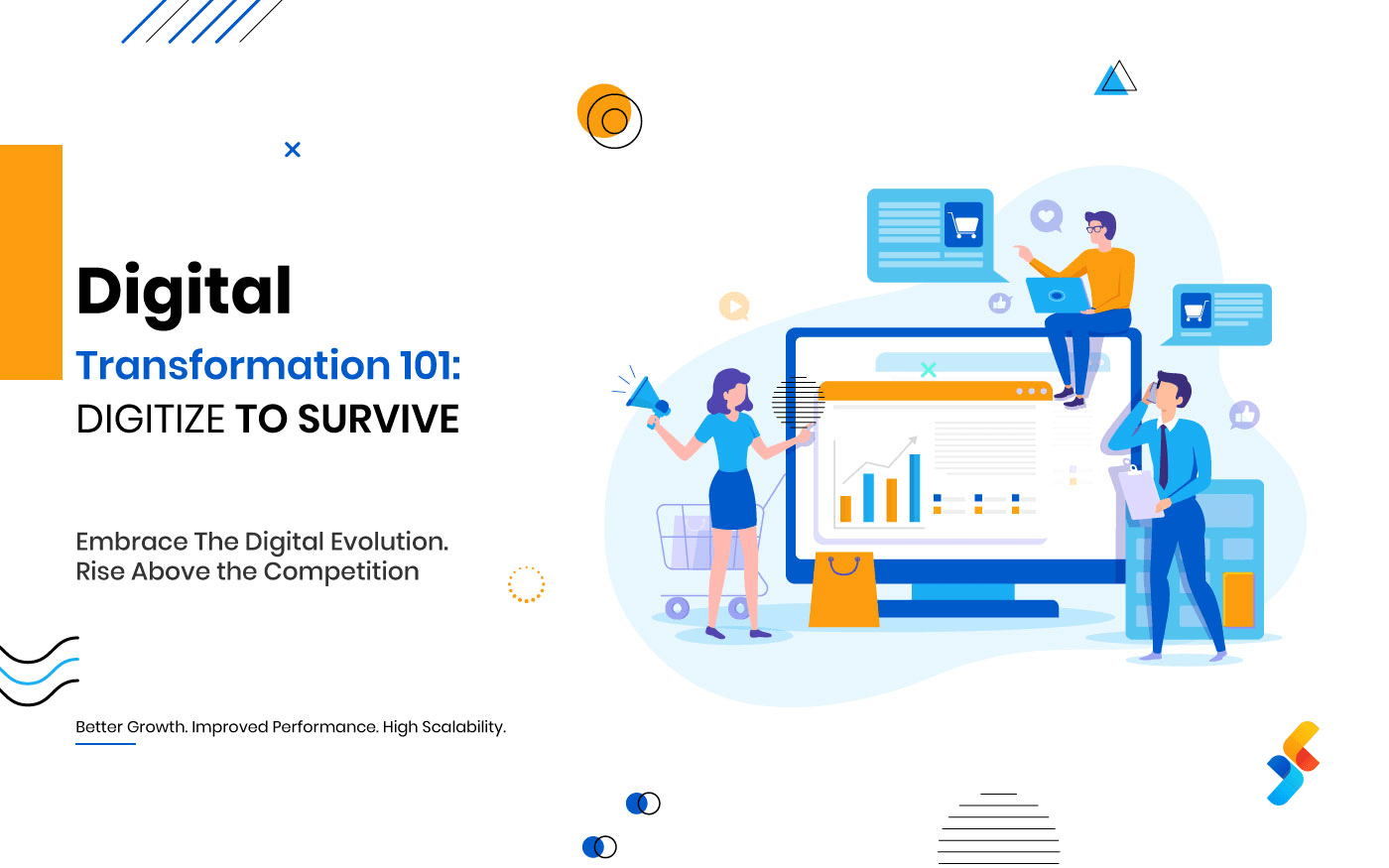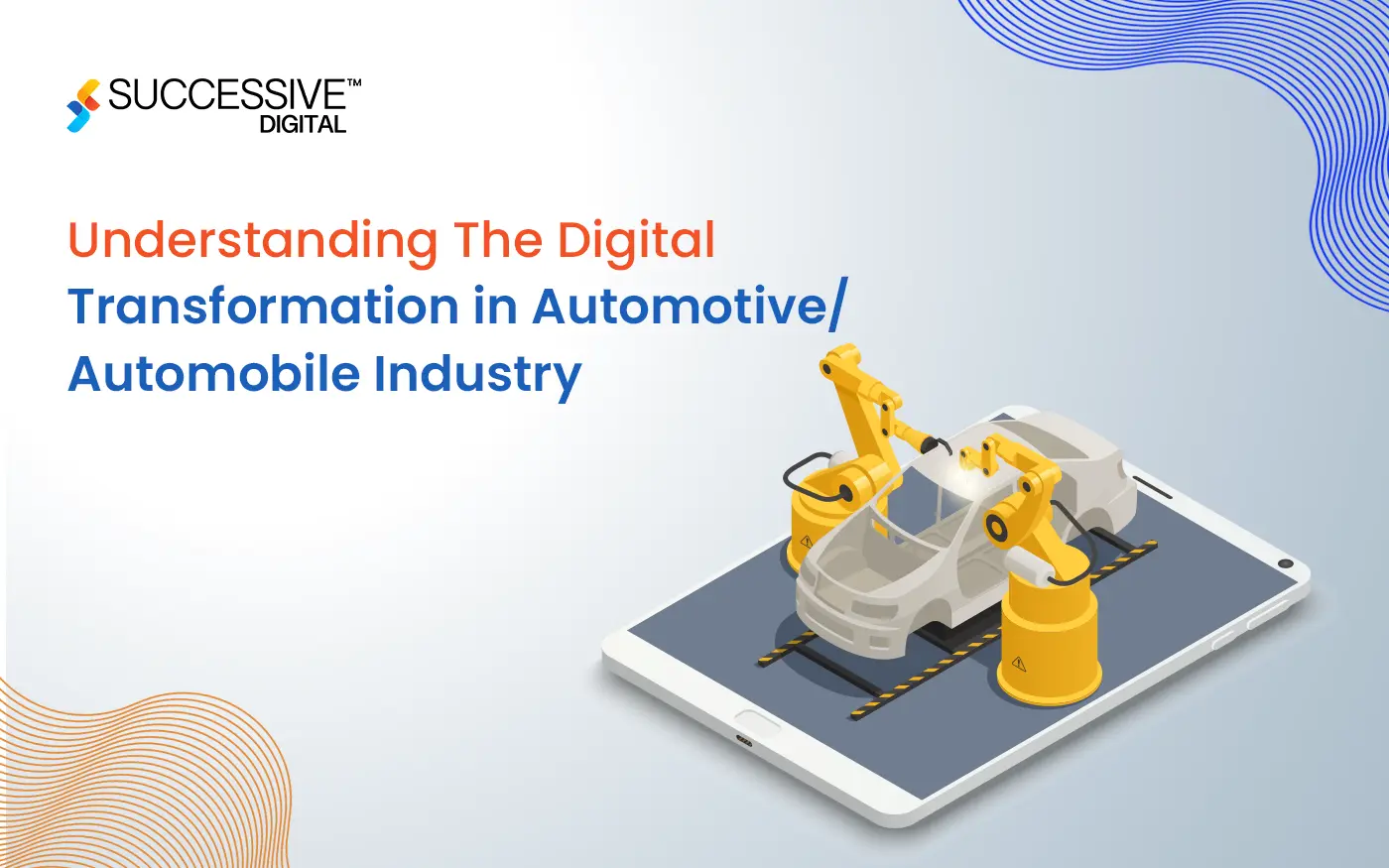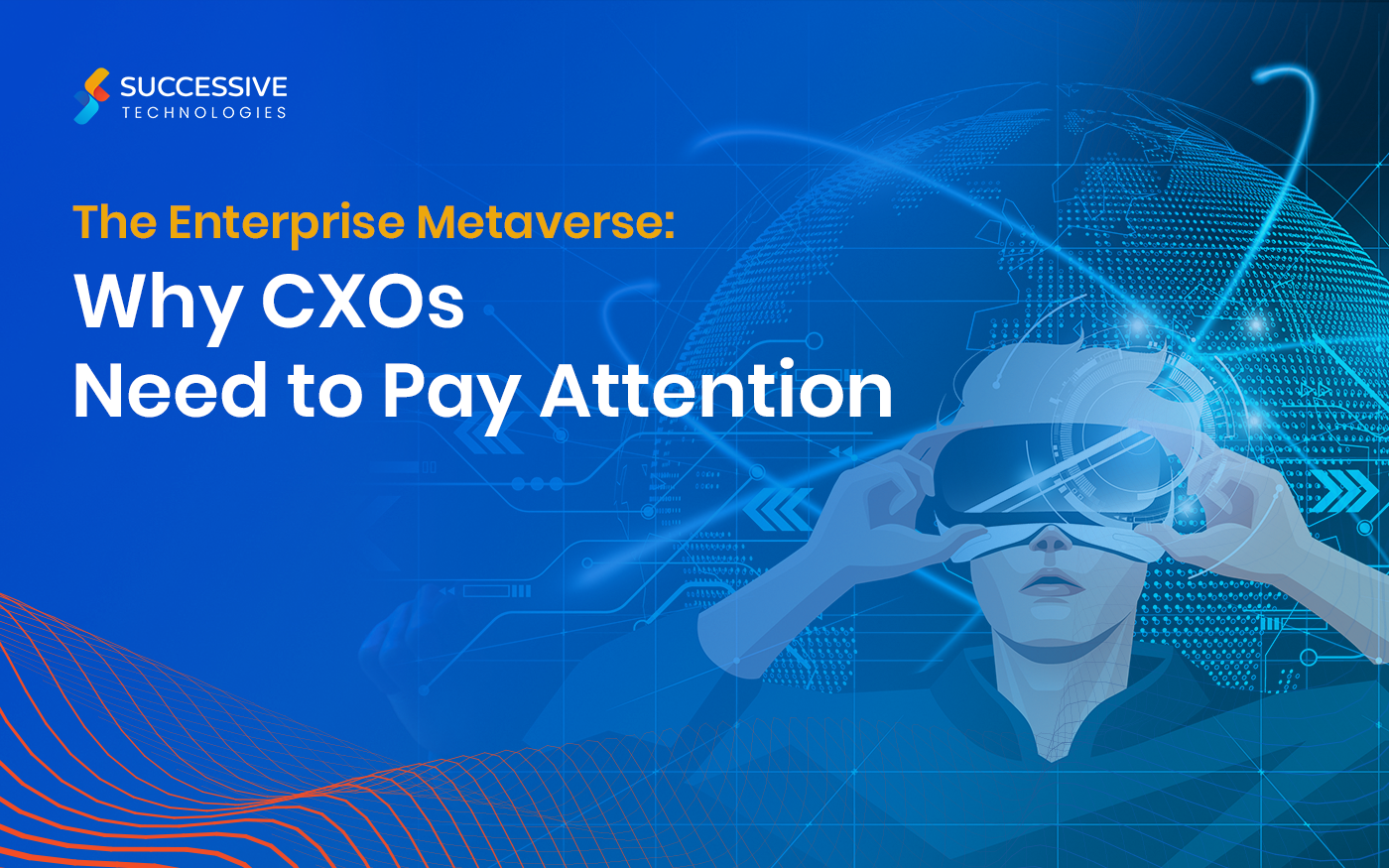There are many reasons why businesses need to be involved with the metaverse. By all indications, the metaverse is the future of how we will communicate. It’s also where our digital identities will come to exist. Like it or not, this is the world that we are heading towards.
While a lot is still unclear about how the technology will evolve, the good thing is that in the metaverse, there are no limits to what your brand could achieve. All you need is to define the right strategy.
Here, we’ll look at some examples of how enterprises in different industries can take advantage of the metaverse to create some truly unique experiences.
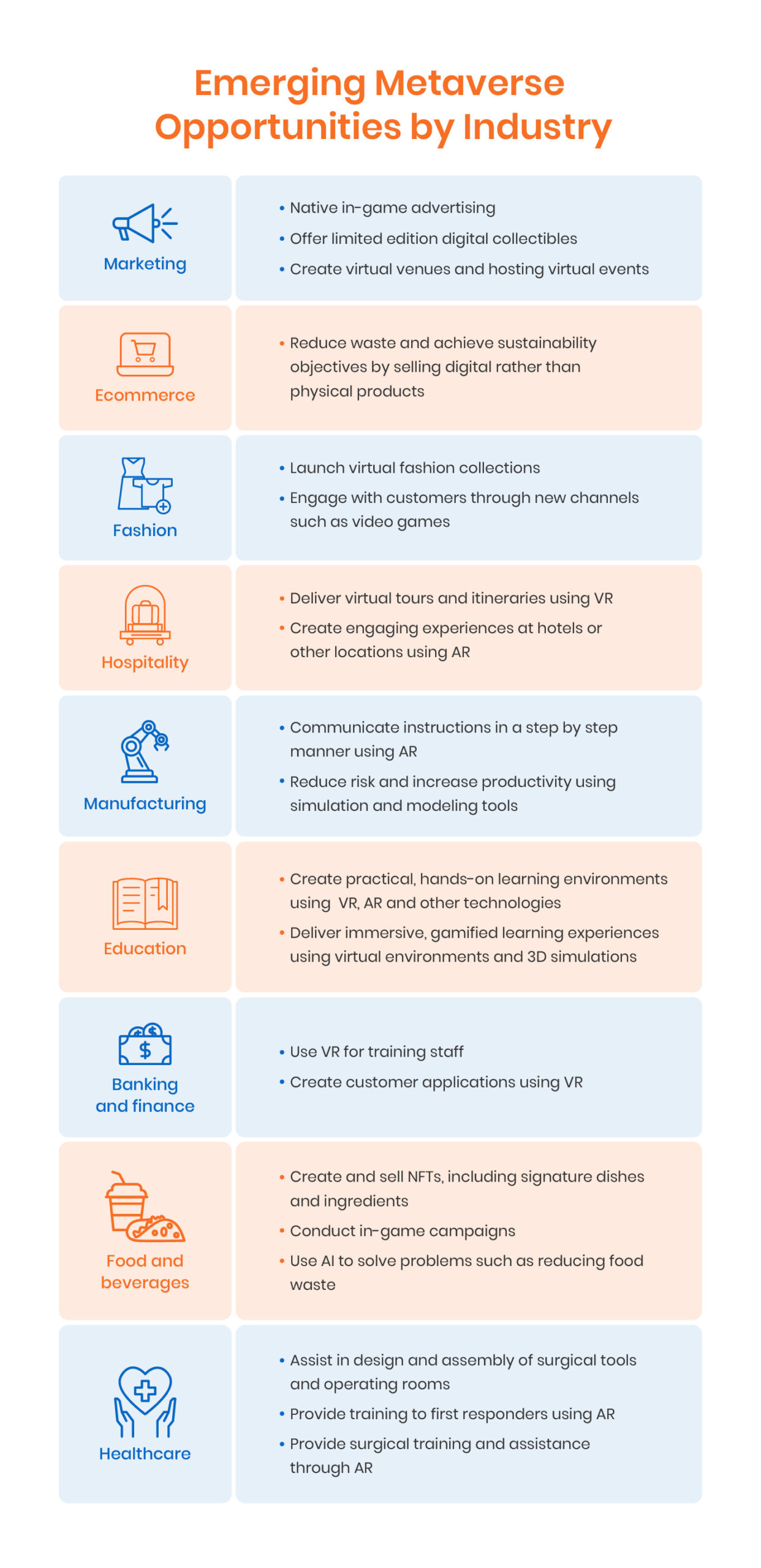
Marketing
Like any other form of media, the metaverse can be used by brands to advertise and market themselves. There are unlimited ways to do this: native in-game advertising, selling virtual goods for consumers’ avatars to use, offering limited edition digital collectibles, creating virtual venues, and hosting virtual events.
Many famous events — such as live concert performances featuring Travis Scott and Ariana Grande as well as Paris Hilton’s New Year’s Eve party to ring in 2022 — have already been held in the metaverse. Even the iconic Times Square New Year’s Eve ball drop was replicated virtually in the Decentraland metaverse in 2022. Such events suggest that a lot of opportunities await marketers who are willing to take risks and bet big on the metaverse.
Ecommerce
Consumers today care deeply about sustainability. By using digital products, such as clothing that can be designed to move in augmented reality (AR) or which is designed for avatars to wear in virtual reality (VR), consumers get the chance to express themselves while significantly lowering the impact on the environment. Mixed reality (MR) experiences like these can help to reduce the amount of physical products that are produced and then thrown away.
Such digital experiences can also be harnessed by brands to boost sales. Digital products — such as furniture, makeup, accessories, and more — can be sold in the metaverse to create new streams of revenue.
Read How Retailers Can Overcome Their Biggest Challenges Today
Fashion
Direct-to-avatar (D2A) fashion collections by brands like Gucci and The North Face have already hit the market, while others like Adidas, Nike, Zara and more are also on the way to virtualizing their collections. Still others, like Balenciaga and Louis Vuitton, are using video games to engage with consumers.
The growing popularity of VR headsets like Oculus Quest will allow brands to offer their own personal shopping experiences in virtual reality in the near future. The metaverse seems set to become the biggest showroom floor ever.
The future of fashion is digital — or, rather, virtual — and we will likely see even more brands experimenting with this in the coming months and years.
Hospitality
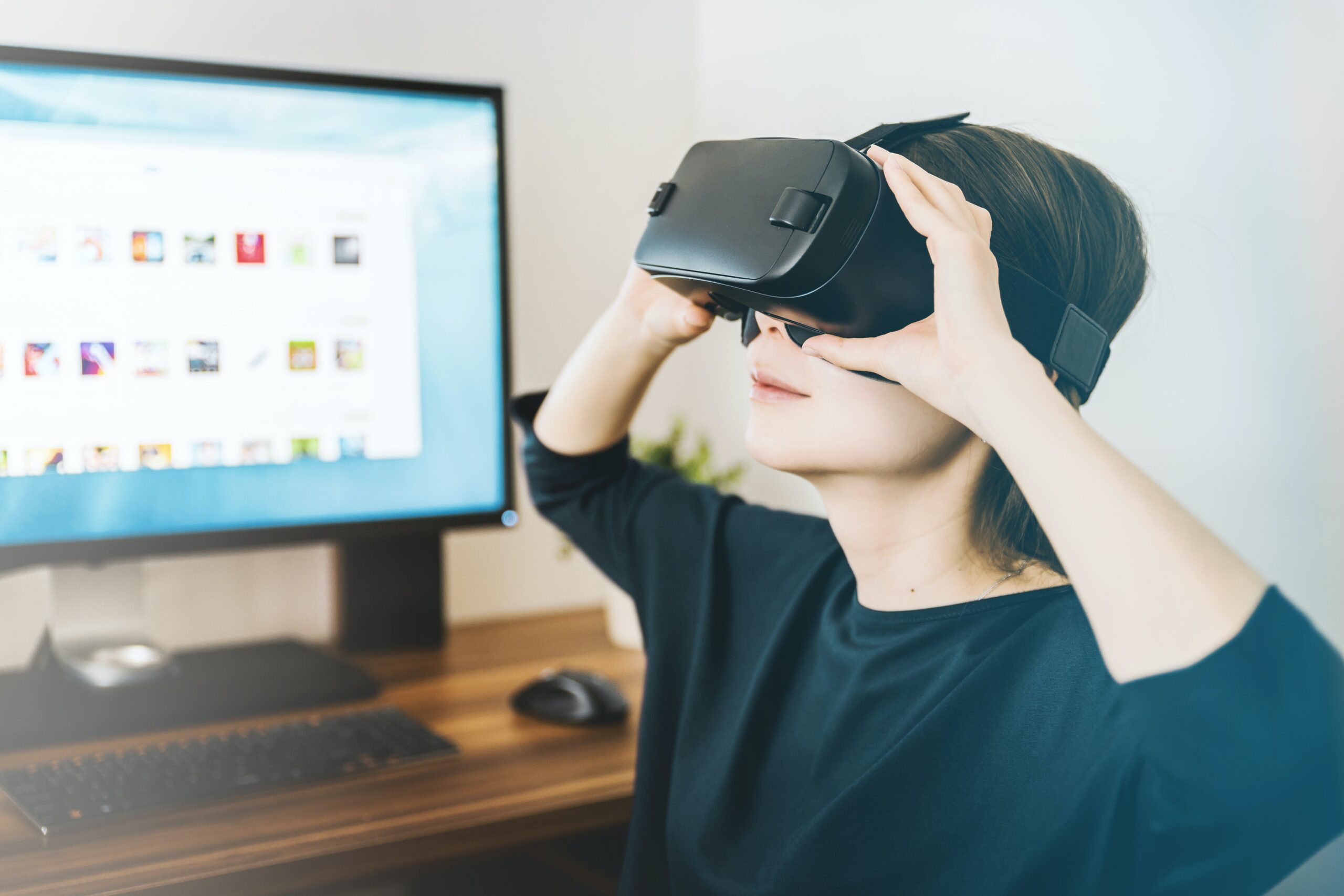
AR and VR can completely change the way travelers experience a destination or a location. Virtual tours and itineraries allow guests to experience a place before physically reaching it, while augmented reality can be used to create engaging experiences at hotels or other locations. VR can even be used to create unique experiences for each guest, giving them a more personal touch.
Manufacturing
VR and AR technology is also being used in manufacturing systems and machinery that are complex and difficult to build. This helps lower costs and the potential for human error. Augmented reality can be used to communicate instructions in a step by step manner. Simulation and modeling tools like Azure Digital Twins can reduce risk and increase productivity and visibility for stakeholders. Businesses like Anheuser-Busch (AB) InBev are already taking advantage of this technology to drive commercial and operational growth.
Education
The COVID pandemic forced educational institutions to adopt blended education models. Students seem to be opting for online learning as well — while college registrations fell through the pandemic, Coursera’s enrollment figures rose from 53 million to 78 million students in the spring of 2021.
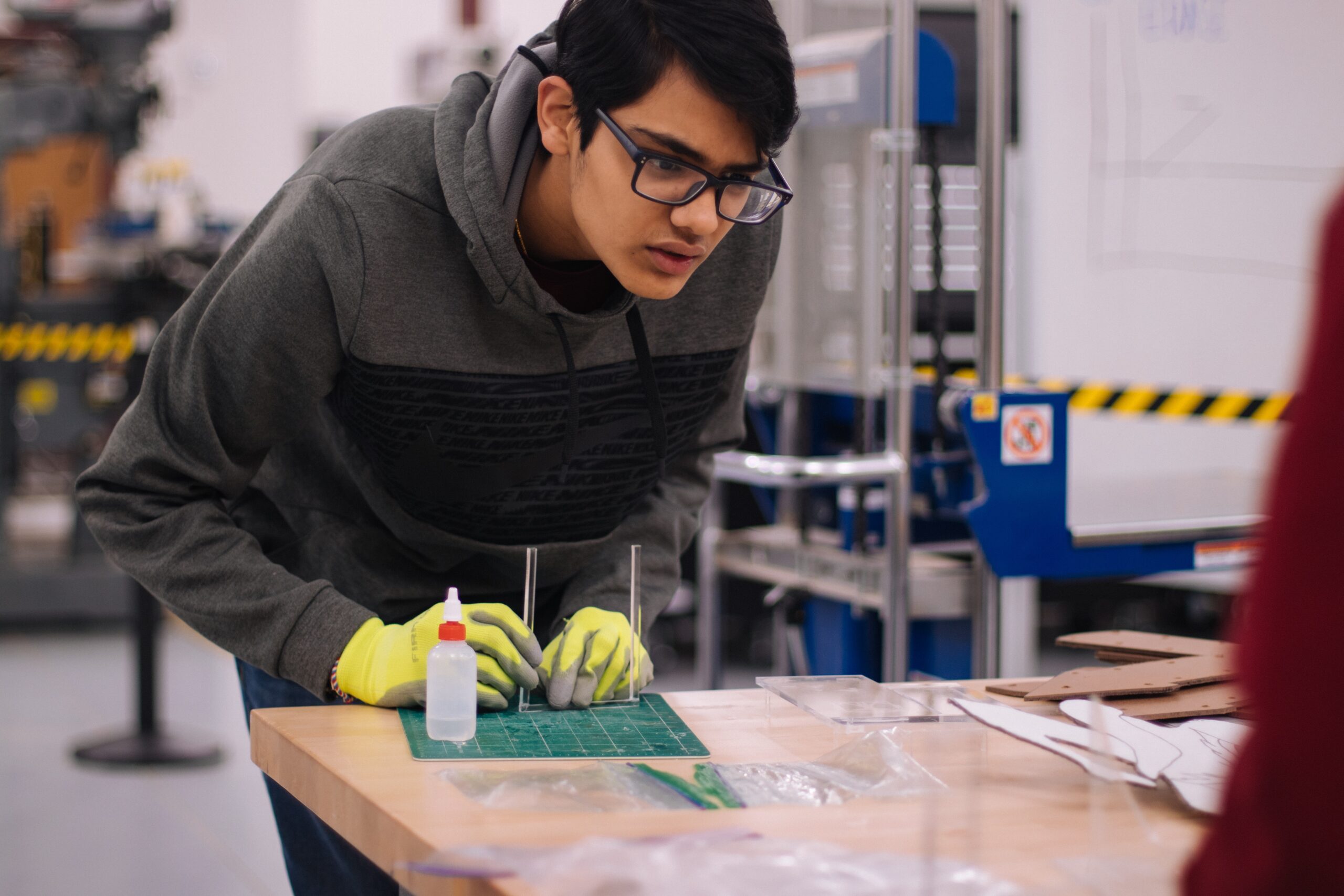
While digital solutions can be effectively used to deliver online lectures, this leaves out the practical elements of teaching, such as lab experiments and other hands-on teaching components. VR, AR and other such technologies could be used to allow students to participate in science experiments, build and test prototypes, and more. Virtual spaces and 3D simulations could also be used to deliver immersive, gamified learning experiences to students.
The possibilities offered by the metaverse could also erase geographical distance between students and campuses, making higher education accessible to anyone who has access to a computer or mobile device. Universities will need to start investing now in the digital infrastructure to support such innovation.
Banking and finance
The metaverse has changed the landscape of digital transactions. The transformation is driven by the rise of blockchain technology and its decentralized approach to storing data.
The rise of the virtual economy, where brands produce and sell virtual clothes, objects, buildings and more, just like in the real world, indicates that a whole new alternative financial system is forming around such digital assets. Banks and other traditional financial institutions will need to adapt to these changes and create innovative solutions, both for consumers and businesses.
As a first step, this means investing in their own digital transformation. Institutions such as Bank of America, BNP Paribas, Citi, and Bank of Kuwait have already announced initiatives such as VR training and customer applications.
Food and beverages
In the food and beverages industry, Coca-Cola has launched an exclusive NFT collection, while Wendy’s has won awards for its memorable campaign conducted on Fortnite. There’s even a food metaverse (or Foodverse) being created by OneRare, tokenizing chefs’ signature dishes as NFTs which players will be able to collect and claim.
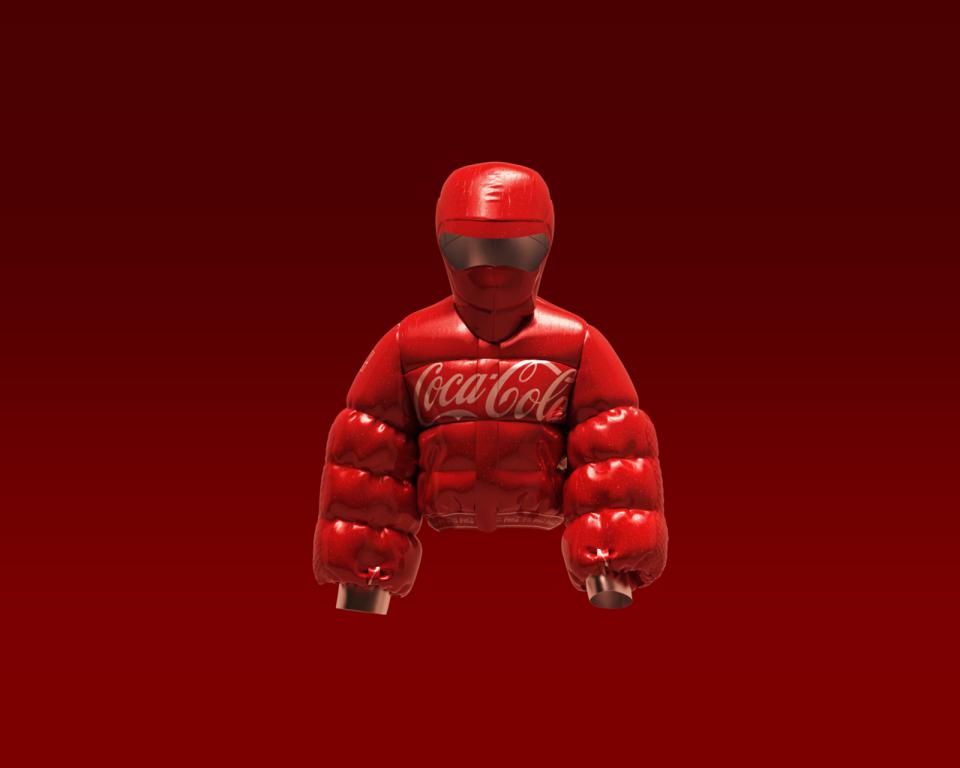
The bubble jacket wearable, part of the first-ever collection of Coca-Cola NFTs, auctioned in July 2021 (Source: Coca-Cola)
Such campaigns can inspire further innovation in the food and beverage industry and give brands new ways to engage with consumers. There’s a lot of potential for brands to innovate using artificial intelligence (AI) and create value for consumers, such as by reducing food waste, creating new food trends, and more.
Read 8 Steps to Devising a Foolproof Customer Experience Strategy
Healthcare
Using a blend of AR, VR, MR and AI, the healthcare industry is exploring ways that it can reach a wider audience.
According to a CNBC report, companies that build medical devices are using MR to assist in the design and assembly of surgical tools and operating rooms, and the WHO is training COVID-19 first responders using AR and smartphones. In some other applications of these technologies, psychiatrists are using VR as a tool to treat post traumatic stress among combat veterans, and medical schools are using it to provide surgical training. Neurosurgeons at Johns Hopkins are already using AR to assist in surgeries on living patients — data collected from MRI and CT scans can be used to allow surgeons to accurately visualize patients’ anatomy.
Expect massive business transformation in the coming months
The metaverse is not just about entertainment. It offers brands a chance to make their mark in completely new and unexpected ways. It will bring tremendous opportunities for business transformation across all industries, including yours.
As technology evolves, brands in different industries have the chance to learn from each others’ experiments and try out new applications of the metaverse. With the right strategy, brands can use the metaverse to engage in a dialogue with consumers and create experiences that are truly unique.
Read The Enterprise Metaverse: Why CXOs Need to Pay Attention










